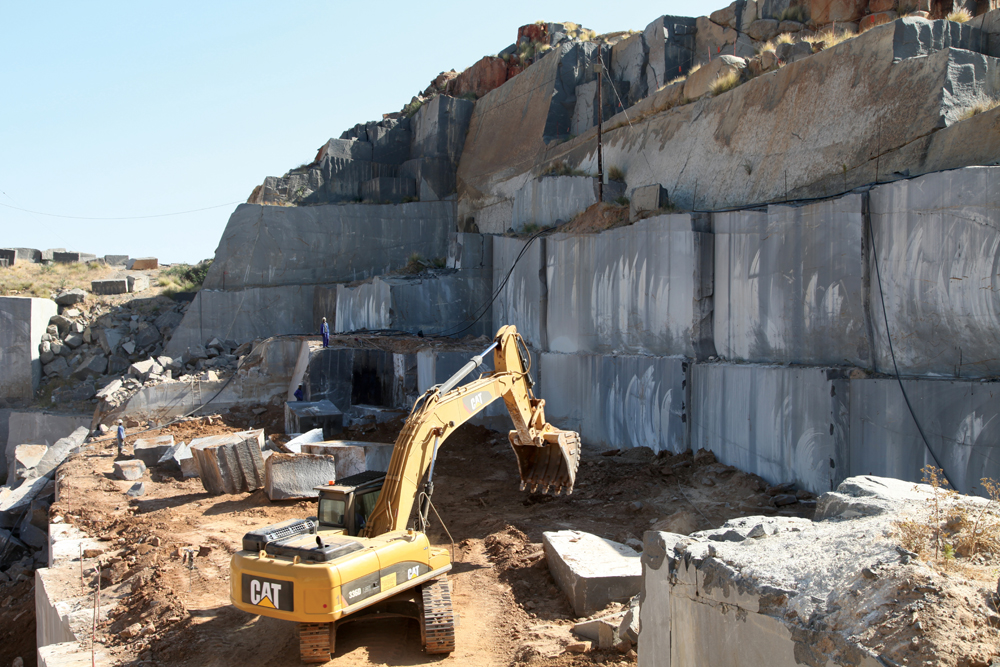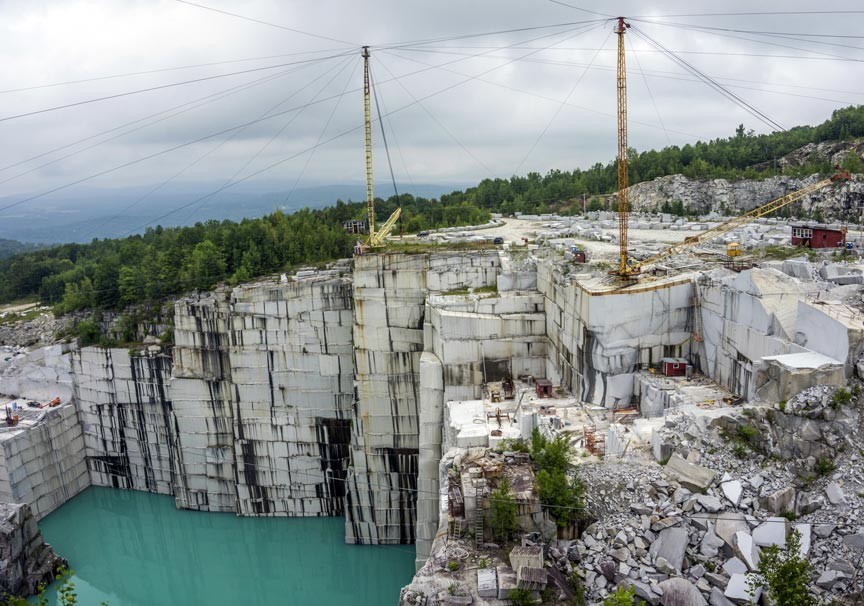Unearthing the Rich Background and Lasting Practices of Granite Quarrying
As we depend on the precipice of revealing the complex tapestry of granite quarrying, a trip with time reveals not simply the physical act of removing rock however also the cultural and historical importance woven right into the very textile of this technique. From the ancient origins that laid the foundation for modern-day quarrying strategies to the sustainable techniques that are forming the future of this industry, each carve mark on granite surfaces narrates waiting to be uncovered (granite quarries in south africa). The tradition of granite quarrying stretches far past plain extraction; it is a testimony to human ingenuity, durability, and the long-lasting allure of this marvelous stone
Ancient Origins of Granite Quarrying
Dating back to old civilizations, the method of quarrying granite has been an important part of human background and building innovation. The earliest evidence of granite quarrying dates back to ancient Egypt, where large pyramids and intricate sculptures were crafted from this long lasting stone. The Egyptians used primitive tools to extract granite blocks from quarries, showcasing the significance of this material in their significant buildings.
Moving on in history, the Greeks likewise made considerable payments to the quarrying of granite. The Greeks used granite in various building marvels, such as holy places and statues, demonstrating their skill in shaping and sculpting this durable rock. The Romans additionally improved the methods of quarrying granite, utilizing sophisticated devices like knives and hammers to remove and shape granite for their iconic structures.
With the centuries, the technique of quarrying granite has developed, with modern-day innovations improving efficiency while preserving the timeless appeal of this natural stone - granite quarries in south africa. From ancient human beings to modern building contractors, the heritage of granite quarrying remains to shape our globe
Development of Quarrying Techniques
The advancement of quarrying strategies has been marked by a continuous development towards greater effectiveness and precision in extracting granite. Early quarrying methods involved hands-on labor with standard tools such as knives, hammers, and wedges to extract granite blocks from the earth.
Advancements in computer-controlled devices and 3D modeling have maximized quarrying procedures, leading to minimal environmental influence and enhanced sustainability methods. As the need for granite continues to climb, the development of quarrying strategies continues to be essential to meeting market needs effectively and sustainably.
Social Value of Granite
Granite holds an extensive cultural my response importance across different worlds due to its enduring existence in building work of arts and prized monoliths. The cultural importance of granite extends beyond its physical characteristics; it personifies durability, stability, and timelessness, making it a sign of sustaining heritages and customs.

Sustainable Practices in Quarrying
In the middle of the abundant history of granite quarrying and its social significance exists an expanding focus on sustainable practices within the sector. As ecological awareness and issues about resource depletion have actually heightened globally, the quarrying market has increasingly accepted sustainable approaches to decrease its effect on the environment and bordering communities.

Additionally, recovery and rehabilitation of quarry sites post-extraction are integral to lasting practices. By recovering quarried areas to a natural or valuable state, such as producing wildlife environments or leisure spaces, quarriers can offset the environmental footprint of their operations and contribute favorably to the regional ecosystem.
Legacy of Granite Quarrying
With a historic background steeped in workmanship and industrial progress, what withstanding impact has granite quarrying left on the landscape of contemporary society? The heritage of granite quarrying goes beyond plain removal techniques; it has formed architectural marvels, city landscapes, and social heritage worldwide. The durable nature of granite has actually made it a preferred choice for monoliths, buildings, and framework, standing as a testament to the skill and artistry of quarry employees throughout generations.
Additionally, the financial footprint of granite quarrying can not be forgotten. The sector continues to give employment possibility and drive local economic situations in regions where granite removal is prevalent. It has also spurred technological improvements in quarrying strategies and tools, resulting in a lot more effective and sustainable methods.
In regards to sustainability, the legacy of granite quarrying includes efforts to alleviate ecological impacts through improvement jobs and accountable resource monitoring. By stabilizing financial passions with environmental stewardship, the industry aims to ensure that future generations can proceed to profit from this enduring all-natural resource.
Final Thought

Comments on “Travelling Via Granite Quarries in South Africa: A Visual Odyssey”